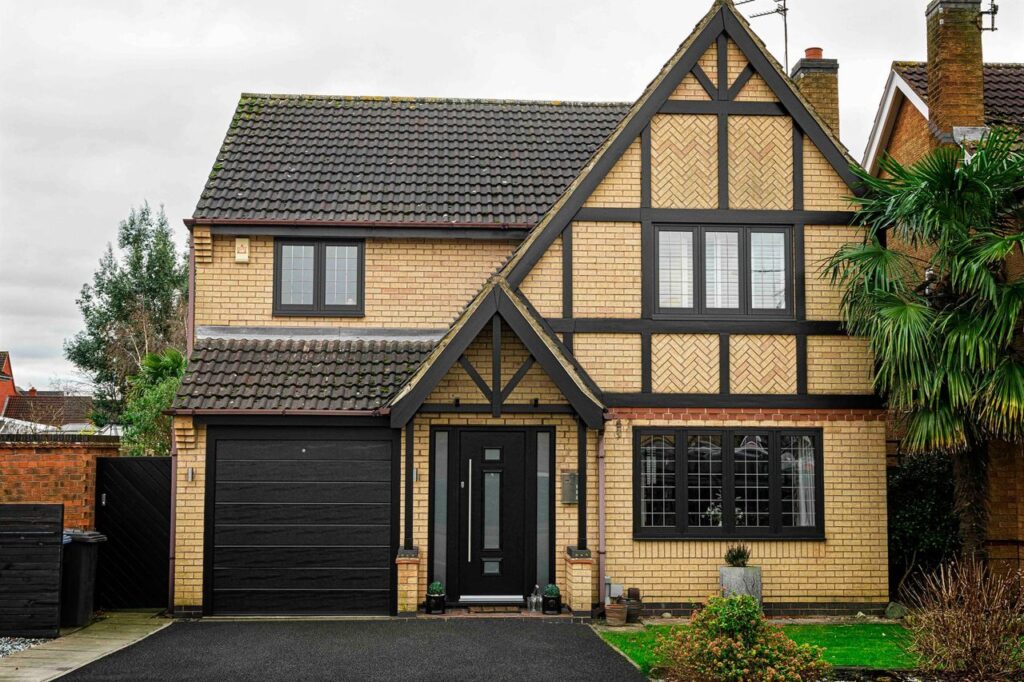Will we see an increase in demand for heritage products this year? We talk to aluplast’s Director of Sales and Marketing Ian Cocken to find out more.
The Bank of England’s decision to cut the base interest rate from 5.25% to 5% at the beginning of August may have had more of a profound effect on the window and door industry than first thought, according to aluplast’s Director of Sales and Marketing Ian Cocken.
And it could significantly boost demand for heritage products.

“Typically, when we see interest rate cuts announced, we think of cheaper borrowing, lower mortgages and the impact that will have on household finances,” Cocken says. “When this happens, we often see a return of the volume market as more households carry out those refurbishments that have been put on hold.
“This year, however, we are preparing for an increase in the demand for higher value products, specifically those related to heritage projects, because of the early response of the market.”
While a quarter of a percentage point cut may not seem large, it coincided with the annual surge in market activity following the summer break. This also follows a long lull in the property market where both buyer interest and properties for sale have been subdued.
“We are expecting to see many more higher value properties come on the market during Q3,” Cocken says. “And this should drive interest in higher values windows and doors, including heritage products.
“Right Move has already announced that interest from buyers jumped following the Bank of England’s announcement, and the property website expects conditions to continue to improve for the next two years.
“As a result, we are working with our customers to make sure they are well positioned for that expected uptick in demand.”
Fabricators are already making inroads into heritage projects with aluplast’s new mechanically joined flush window, which allows fabricators to create a realistic finish without investing in specialist tools or machinery.
Coupled with the deep bottom rail and woodec (the next generation timber-effect foil), the new mechanically joined flush window gives homeowners the opportunity to confidently replace timber windows while benefiting from improved thermal performance and a lifetime of low maintenance.

The new window is also attractive to homeowners who have one eye on energy efficiency and sustainability because the new mechanically joined window can achieve a WER of A, allowing it to comfortably achieve Building Regulation compliance for refurbishment projects, and is manufactured using ecotech, which optimises recycled content in a profile’s design, without affecting performance or appearance.
“And since the window is available in both our Ideal70 and Ideal4000 systems, and doesn’t require specialist machinery or patented designs, we are opening-up this market to more fabricators without significant investment,” Cocken says.
The flush window can also be coupled with aluplast’s flush door to create a uniform appearance across the whole of the house.
“We see the demand for a flush appearance across the whole elevation – including the doors – increasing steadily, and we are one of a very small group of systems companies that can offer both flush windows and flush doors in matching foils,” he says.
“Crucially, though, we are creating significant opportunities in the heritage market – and beyond –without the need for investment in specialist machinery. Given that we are exiting a period of slow market activity, I don’t think this benefit can be overstated.”
Fabricators can get more information about aluplast’s market-leading products by calling 01684 273401, emailinginfo@aluplast.co.uk, or visiting www.aluplast.co.uk

